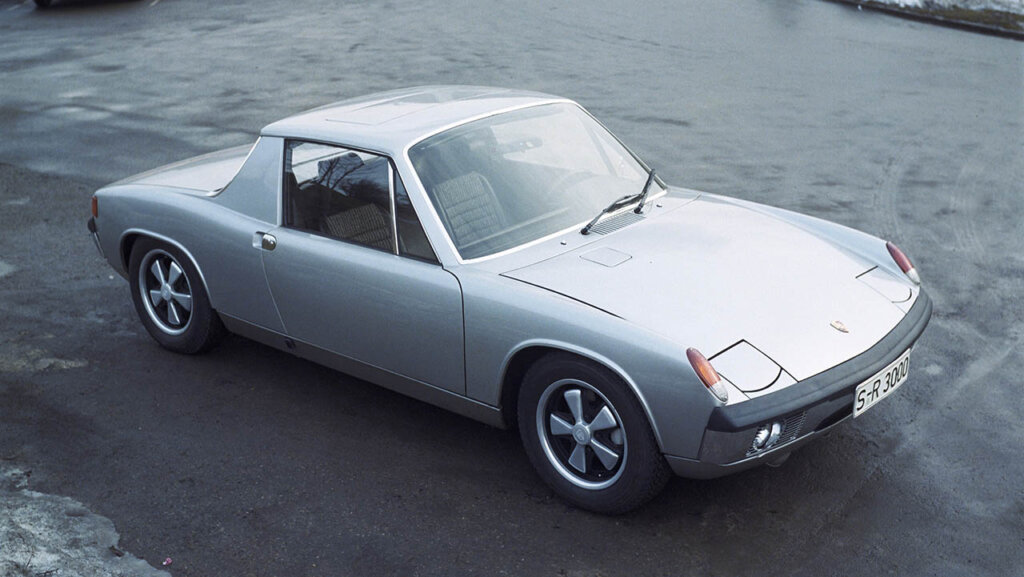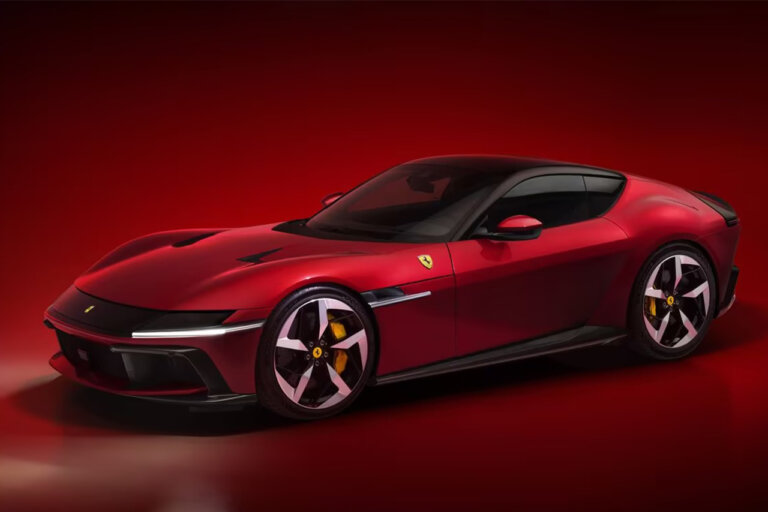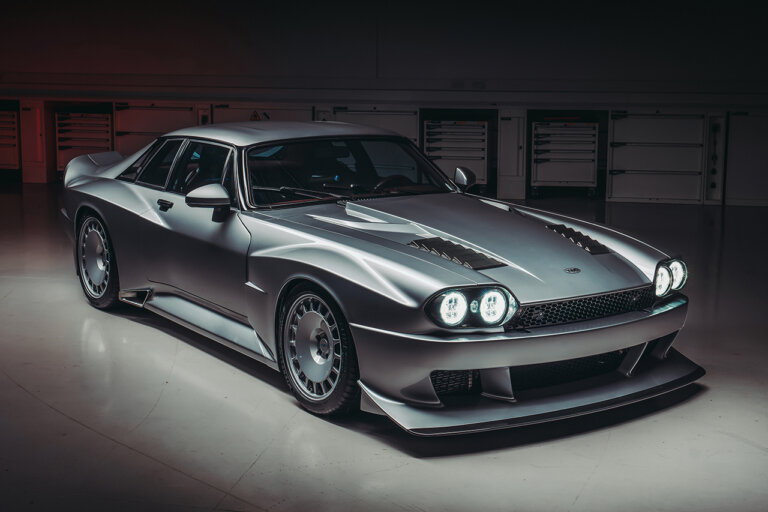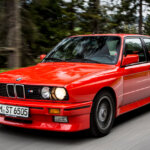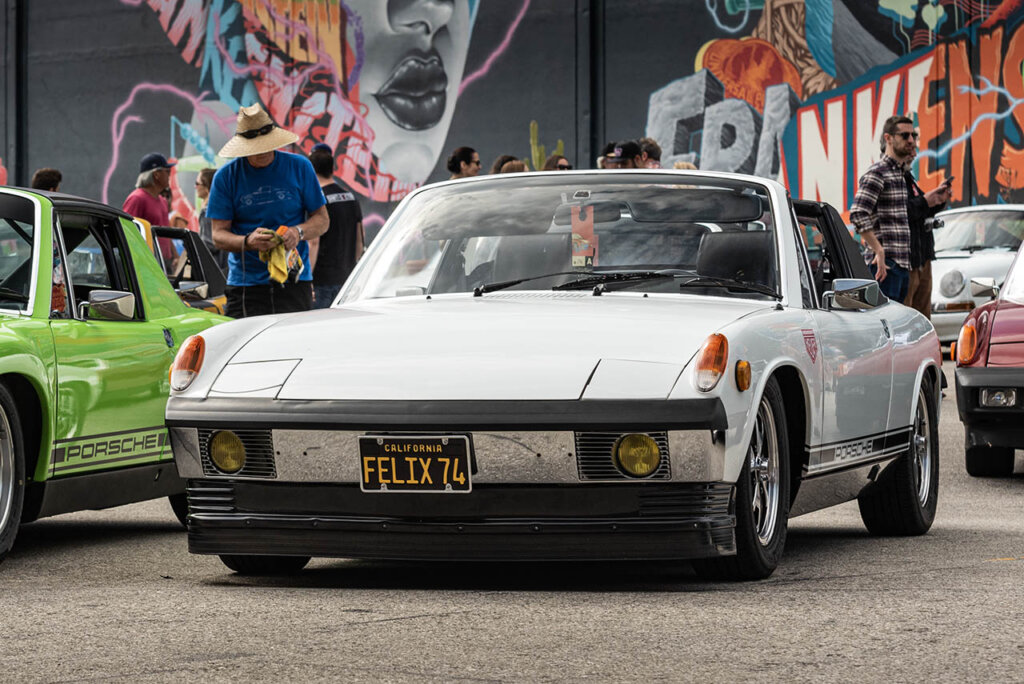
Source: Motofutura
When it comes to classic sports cars, Porsche has a well-established reputation for producing some of the finest machines on the road. From the timeless 911 to the sleek Boxster, Porsche’s lineup has captivated vintage car enthusiasts for decades. However, nestled within this illustrious portfolio lies a somewhat lesser-known gem—the Porsche 914. Overlooked by its more popular siblings, the 914 played a crucial role in Porsche’s history and in developing the Porsche cars we know today.
914’s Development
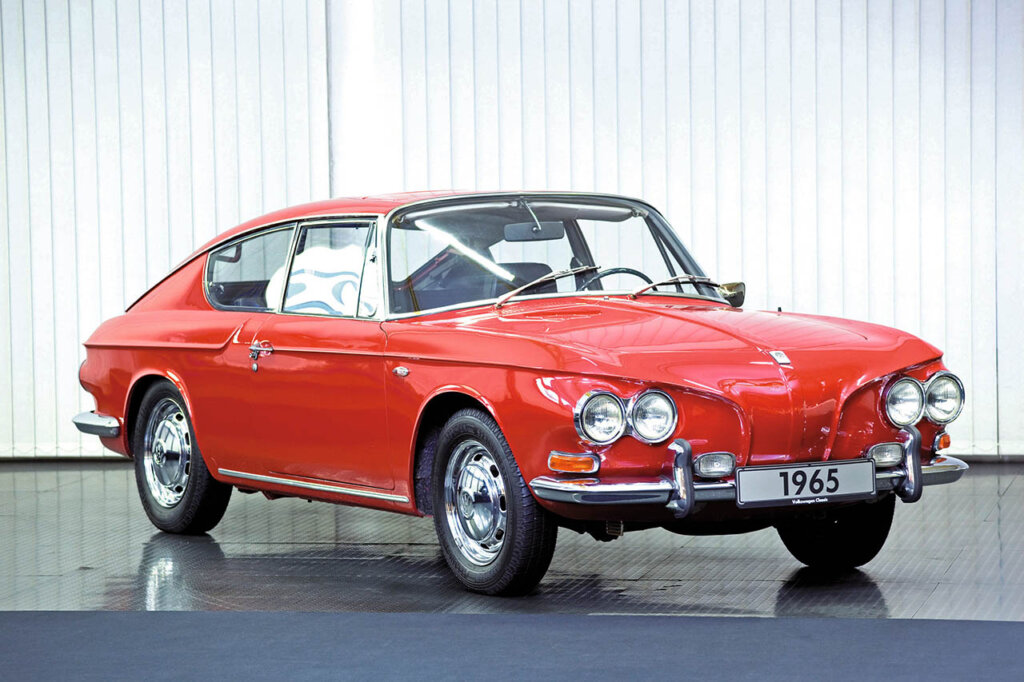
Source: Volkswagen Newsroom
In the late 1960s, both Volkswagen and Porsche found themselves in a position where they needed to introduce new models to their respective lineups. Porsche sought a successor to their entry-level 912, while Volkswagen aimed to replace their range-topping sports coupe, the Volkswagen Type 34 Karmann Ghia coupe. At the time, Porsche was responsible for much of Volkswagen’s development work due to a long-standing agreement between the two companies. Volkswagen had one final project to outsource to Porsche to fulfill their contractual obligations, and thus, the 914 project was born. Ferdinand Piëch, who oversaw research and development at Porsche, was appointed to lead the charge on the development of the 914.
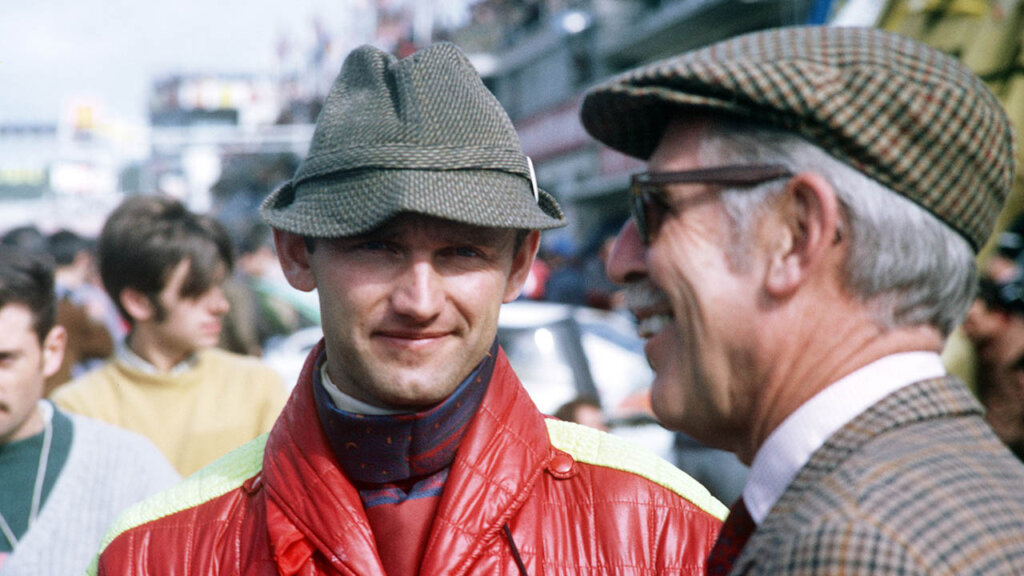
Source: Porsche Newsroom
The Debut and Fallout
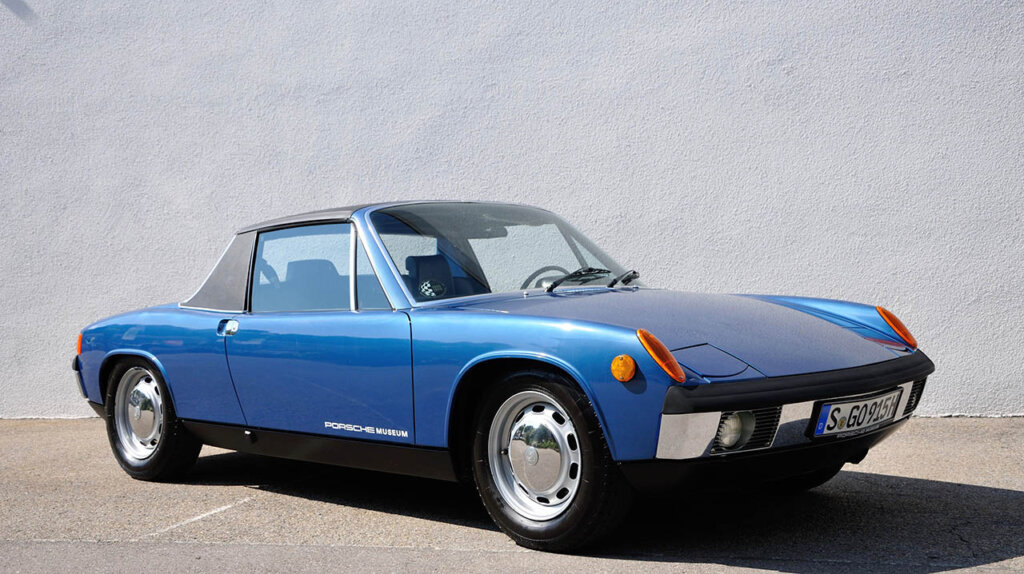
| Trim | Production | Engine | Power | Transmission | Drivetrain |
| Porsche 914/4 | 1969 – 1976 | 1.7/1.8/2.0L Volkswagen Type 4 F4 (Mid-engine) | 110 HP / 112 PS / 82 kW | 5-Speed Manual | RWD |
| Porsche 914/6 | 1969 – 1976 | 2.0L Type 901/36 F6 (Mid-engine) | 110 HP / 112 PS / 82 kW | 5-Speed Manual 4-Speed semiautomatic | RWD |
Originally, the plan for the 914 was to offer it with a flat four-cylinder engine as a Volkswagen and a flat six-cylinder engine as a Porsche. However, during the development phase, Porsche realized that selling both versions under different brands could be risky in the American market. They convinced Volkswagen to allow them to sell both variants as Porsches in North America instead.
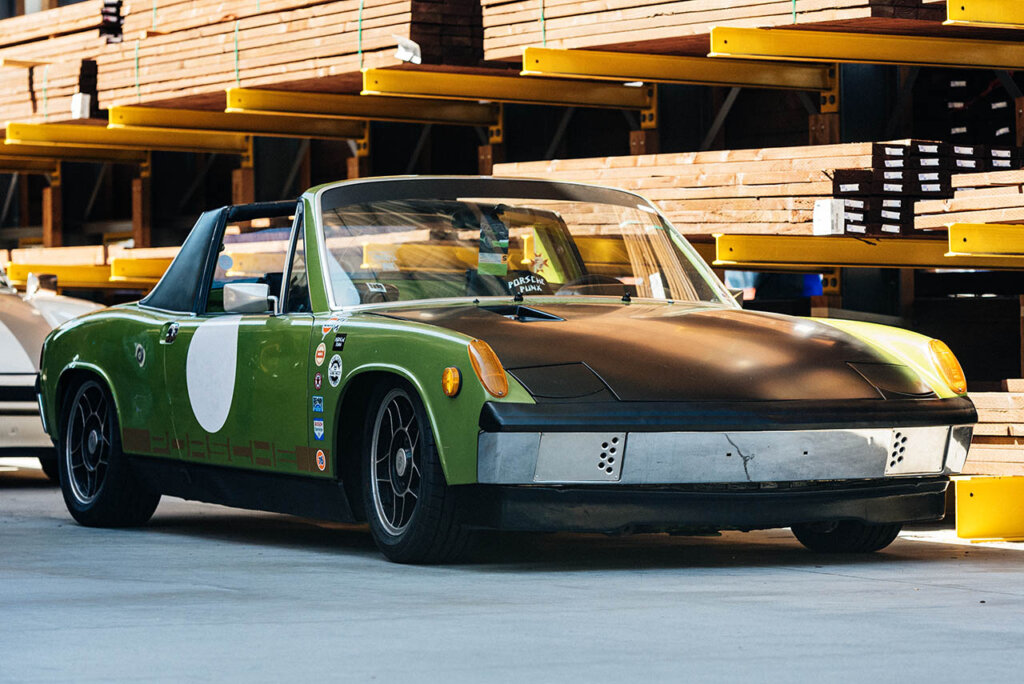
On March 1, 1968, the first prototype of the 914 was unveiled. Unfortunately, complications arose following the untimely death of Volkswagen’s chairman, Heinrich Nordhoff, on April 12, 1968. His successor, Kurt Lotz, had no ties to the Porsche family, and the verbal agreement between Volkswagen and Porsche fell apart. Lotz believed Volkswagen had all rights to the model and didn’t have a reason to share it with Porsche since Porsche was unwilling to help in funding tooling expenses. As a result, pricing and marketing for the 914 was scrapped before production began.
914’s Features and Variants
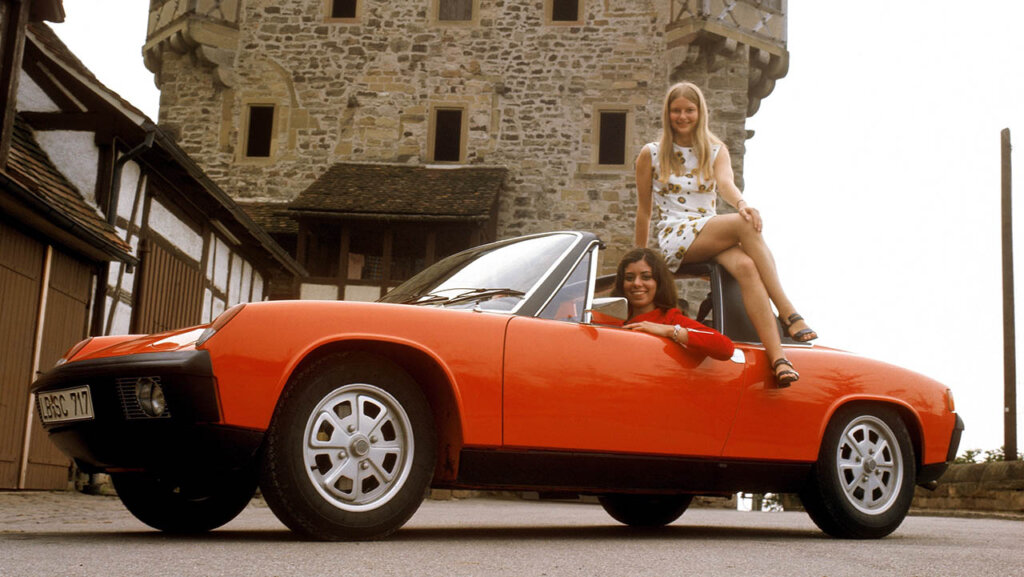
One of the defining characteristics of this vehicle was its mid-engined layout. Placing the engine in the middle of the car resulted in exceptional balance and handling characteristics. The mid-engine configuration allowed for precise weight distribution and enhanced agility, making the 914 an absolute joy to drive. Combined with its low center of gravity and nimble dimensions, the 914 delivered an engaging and spirited driving experience.

Source: Porsche Newsroom
The Porsche 914 was available in two distinct variants—the 914/4 and the 914/6. The 914/4 was powered by a four-cylinder, air-cooled engine sourced from Volkswagen. Initially, it featured a 1.7-liter engine producing around 79 horsepower, but later versions received larger 1.8-liter and 2.0-liter engines, increasing the power output. The 914/6, on the other hand, was the performance-oriented version, boasting a six-cylinder engine derived from the legendary Porsche 911. With a 2.0-liter flat-six engine producing 110 horsepower, the 914/6 offered an exhilarating driving experience.
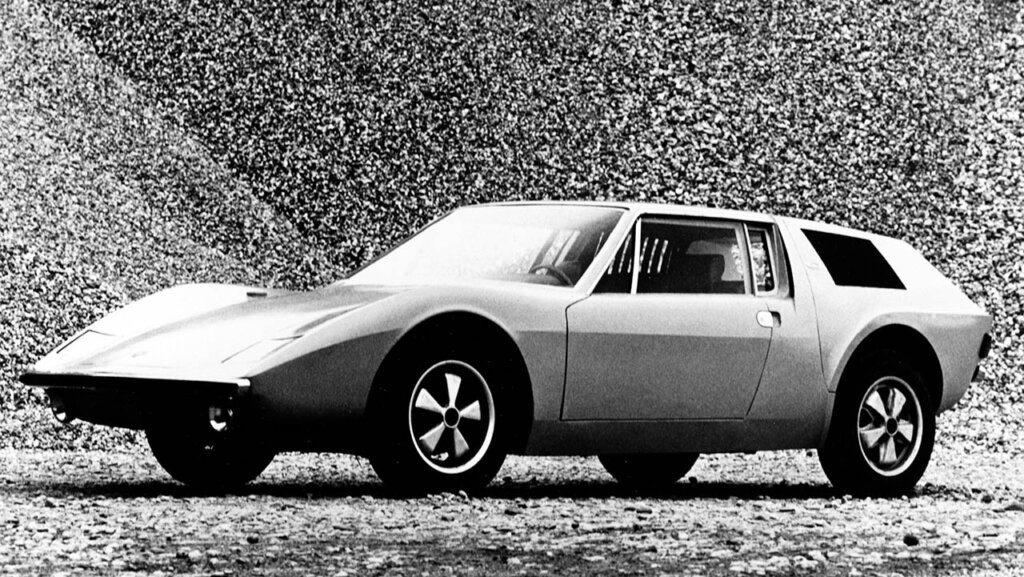
Source: Porsche Newsroom
The Fall of the 914
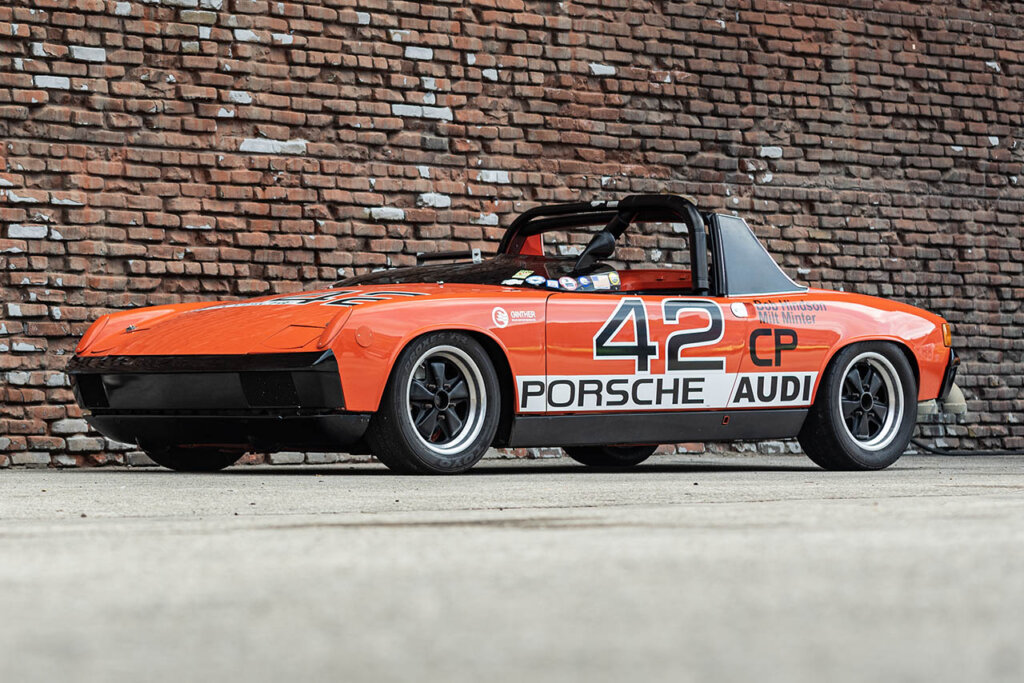
Source: Motofutura
Due to sluggish sales and rising costs, Porsche discontinued the 914/6 variant in 1972 after producing only 3,351 units. Production of the 914 ultimately ceased in 1976. However, the 914’s impact extended beyond its initial production run. The car played a pivotal role in shaping Porsche’s future direction. While sales of the 914 were modest during its production years, it laid the groundwork for Porsche’s later entry-level models, such as the 924 and the Boxster. The lessons learned from the 914’s development and production process informed Porsche’s subsequent endeavors, allowing the company to refine its approach and appeal to a wider range of enthusiasts.
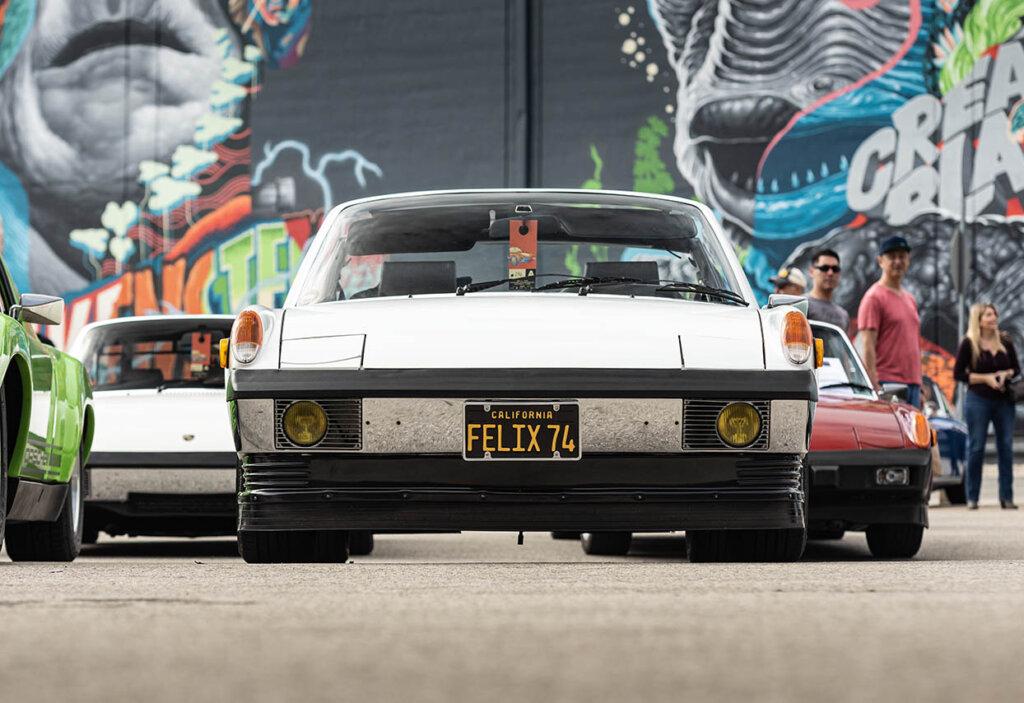
The 914 may not have achieved the same level of fame as its siblings, but its impact on Porsche’s history cannot be understated. It represents a chapter in the company’s story that showcases innovation, collaboration, and a commitment to creating exciting driving machines. As automotive enthusiasts continue to explore the rich tapestry of Porsche’s legacy, the 914 serves as a reminder of the brand’s ability to surprise and captivate the world with its unyielding pursuit of automotive excellence.
